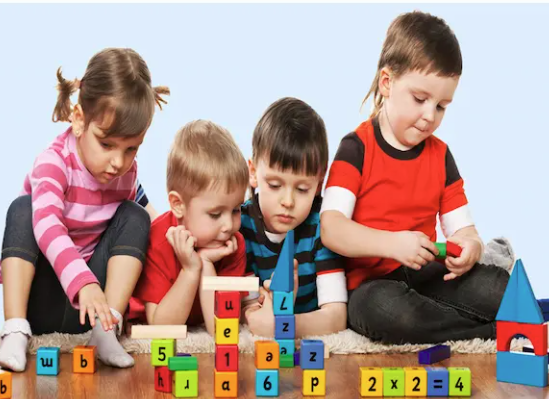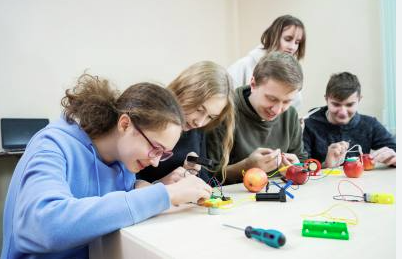Learning doesn’t always have to be serious or stressful — in fact, it can be fun! Games aren’t just for entertainment; they can be powerful tools for helping students understand and remember information. When used the right way, games can make learning more engaging, interactive, and enjoyable for learners of all ages.
Here are simple, friendly ways to use games to enhance learning in everyday life or in the classroom.
1. Turn Review Sessions into Quiz Games
Instead of reading notes over and over, turn review time into a quiz game. You can use flashcards or free quiz platforms online like Kahoot!, Quizizz, or Quizlet. These games encourage quick thinking and active recall, which helps the brain store information more effectively.
2. Use Educational Board and Card Games
Classic board games can be adapted to fit learning goals. For example, Scrabble improves spelling and vocabulary, while games like Math Bingo or Uno with math rules can help with number skills. Playing in groups also builds teamwork and communication.
3. Try Game-Based Learning Apps
There are many apps and websites that combine learning with gaming. These platforms cover topics like math, science, languages, and more. Games like Duolingo (for language learning), Prodigy (for math), and BrainPOP (for multiple subjects) are both fun and educational. They keep students motivated with progress rewards, levels, and badges.
4. Create Your Own Learning Games
You don’t need fancy equipment to make your own games. Design a board game with questions on each space or create a memory-matching game with vocabulary words and definitions. Even a homemade crossword or word search can make learning feel more like play.
5. Use Role-Playing to Learn Concepts
For subjects like history, science, or literature, role-playing can bring lessons to life. Act out historical events, pretend to be characters in a story, or simulate a real-world scenario like running a store for math practice. This creative approach helps with understanding and retention.
6. Set Learning Goals with Gamified Rewards
Turn studying into a challenge with small rewards for reaching goals. For example, after completing a study session, give yourself points or a sticker. After collecting enough, reward yourself with something simple like a break, a treat, or a fun activity. This gamified goal-setting keeps motivation high.
7. Incorporate Movement with Learning Games
Physical games like scavenger hunts, hopscotch math, or spelling races combine movement with study. This is especially helpful for younger learners or anyone who learns better through physical activity. Active games keep energy levels up while reinforcing knowledge.
8. Use Games for Group Learning
Games work well in groups and can help learners develop social and emotional skills. Group games encourage discussion, teamwork, and problem-solving. This builds not only academic knowledge but also confidence and collaboration.
9. Balance Fun and Focus
While games are great for learning, it’s important to keep a balance. Make sure the game stays aligned with the learning goal. Avoid distractions or overly competitive environments that may take away from the educational value. Keep it light, fair, and fun.
10. Reflect After Playing
After a learning game, take a few minutes to reflect. Ask questions like: What did we learn? What was challenging? What strategy helped the most? This reflection turns the game experience into lasting knowledge.
Final Thoughts
Games aren’t just for fun — they can be a smart and enjoyable part of the learning process. Whether you’re a student, teacher, or parent, adding games to your learning toolkit can make studying more exciting and effective. The key is to choose or create games that match the learning goals and encourage curiosity.
With the right mix of play and purpose, learning becomes something to look forward to — not just something to get through.


